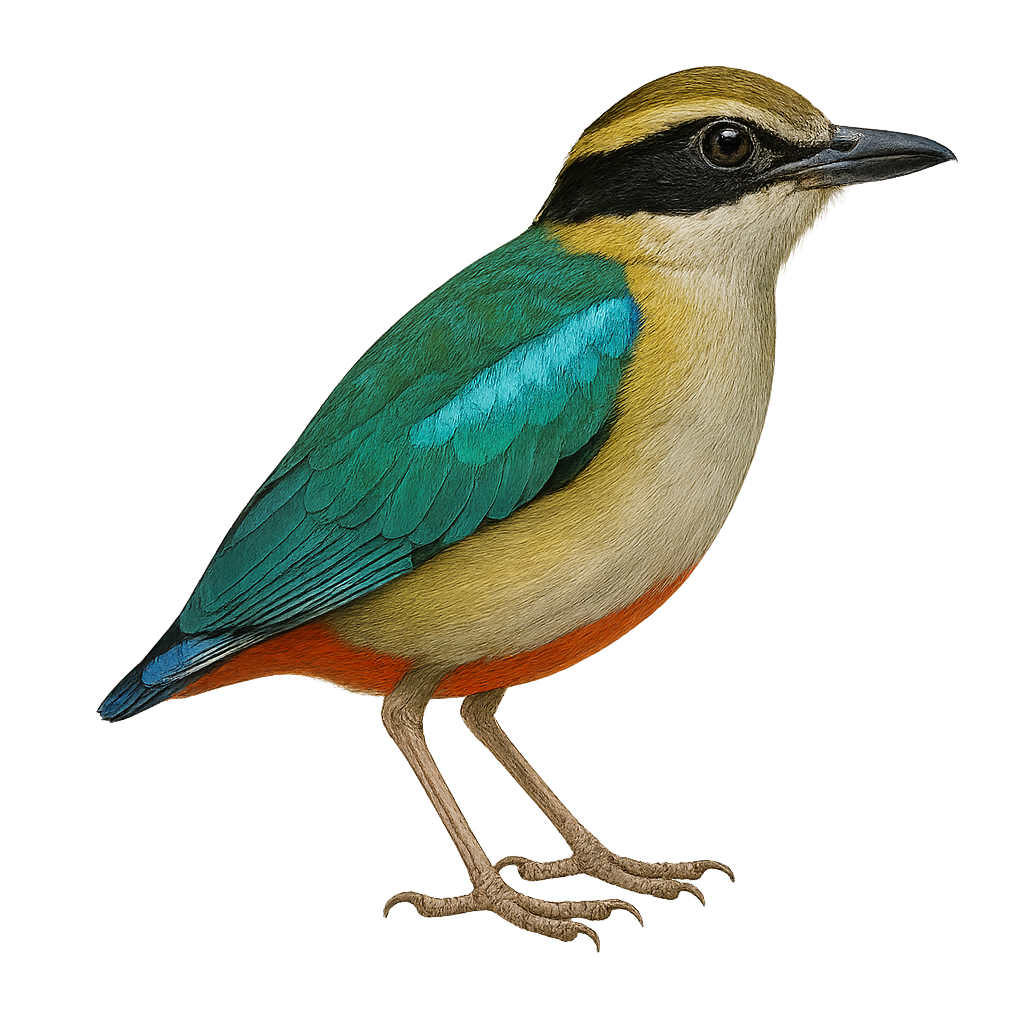Your wildlife photography guide.
Explore the fairy pitta in detail, study its behavior, prepare your shots.
Where to observe and photograph the fairy pitta in the wild
Learn where and when to spot the fairy pitta in the wild, how to identify the species based on distinctive features, and what natural environments it inhabits. The WildlifePhotographer app offers tailored photography tips that reflect the fairy pitta’s behavior, helping you capture better wildlife images. Explore the full species profile for key information including description, habitat, active periods, and approach techniques.
Fairy Pitta
Scientific name: Pitta nympha

IUCN Status: Vulnerable
Family: PITTIDAE
Group: Birds
Sensitivity to human approach: Suspicious
Minimum approach distance: 10 m
Courtship display: May to June
Incubation: 15-17 jours
Hatchings: May to July
Habitat:
Dense forests, humid forests, wooded areas
Activity period :
Primarily active during the day, with peak activity in the morning and late afternoon.
Identification and description:
The Fairy Pitta, known scientifically as Pitta nympha, is a medium-sized bird renowned for its dazzling plumage that features shades of blue, green, red, and black. This migratory bird is primarily found in East Asia, particularly in China, Japan, and Korea. It prefers dense, humid forests where it feeds mainly on insects and small invertebrates. The Fairy Pitta is often difficult to spot due to its elusive behavior and dense habitat. It is currently classified as vulnerable due to habitat loss and increasing deforestation in its breeding and wintering areas.
Recommended lens:
400 mm – adjust based on distance, desired framing (portrait or habitat), and approach conditions.
Photography tips:
To photograph the Fairy Pitta, it is advisable to use a telephoto lens of at least 400mm to capture detailed images from a distance without disturbing the bird. Look for dense forest areas where this bird is likely to feed. Be patient and discreet, as this bird is suspicious and often hides in foliage. Use a tripod to ensure camera stability, especially in the low-light conditions of forests. Opt for early morning hours to take advantage of the best natural light.
The WildlifePhotographer App is coming soon!
Be the first to explore the best nature spots, track rutting seasons, log your observations, and observe more wildlife.
Already 1 449 wildlife lovers subscribed worldwide

